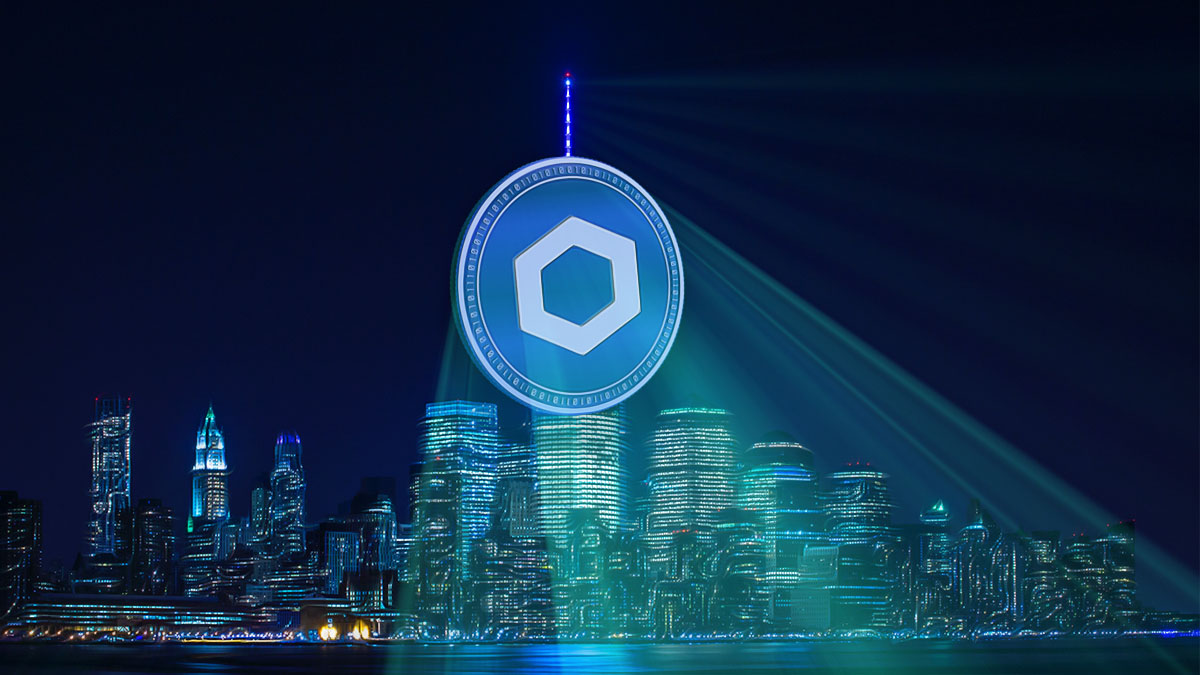 CaryptosHeadlines Media Has Launched Its Native Token CHT.
Airdrop Is Live For Everyone, Claim Instant 5000 CHT Tokens Worth Of $50 USDT.
Join the Airdrop at the official website,
CryptosHeadlinesToken.com
CaryptosHeadlines Media Has Launched Its Native Token CHT.
Airdrop Is Live For Everyone, Claim Instant 5000 CHT Tokens Worth Of $50 USDT.
Join the Airdrop at the official website,
CryptosHeadlinesToken.com

Recent activity in the cryptocurrency sector highlights a significant accumulation of Chainlink (LINK) by a large market player. A blockchain analytics firm, Lookonchain, reported that this whale has set up 30 new wallets over the last five days, transferring an impressive 1.37 million LINK, valued at around $34.1 million. This surge in transactions has piqued the interest of traders and market observers alike.
How Does Chainlink’s New SVR Solution Work?
In conjunction with this accumulation, Chainlink has rolled out an innovative DeFi solution called Smart Value Recapture (SVR). This initiative aims to recover Maximal Extractable Value (MEV) losses that occur during liquidation events. Chainlink estimates that SVR can recover approximately $40 for every $100 lost, based on empirical data, presenting a more grounded recovery rate compared to other solutions.
Is Aave Ready to Test SVR Integration?
Following this launch, the lending platform Aave has proposed a pilot program to experiment with the SVR integration on its Aave v3 platform. The goal is to minimize MEV losses during liquidations, with discussions now open for community feedback on this initiative.
The introduction of Chainlink’s SVR solution could reshape the DeFi landscape by enhancing transparency during liquidations. If Aave adopts this strategy, Chainlink’s significance within the DeFi market could substantially grow.
- CHAINLINK has shown a 34% price increase in the past month, reaching $24.04.
- Large transactions and new solution launches could signal substantial market shifts.
- The collaboration with Aave may lead to long-lasting effects in the cryptocurrency ecosystem.
These developments are critical for market participants, who must stay informed on such innovations to guide their strategic moves effectively.
Disclaimer: The information contained in this article does not constitute investment advice. Investors should be aware that cryptocurrencies carry high volatility and therefore risk, and should conduct their own research.












